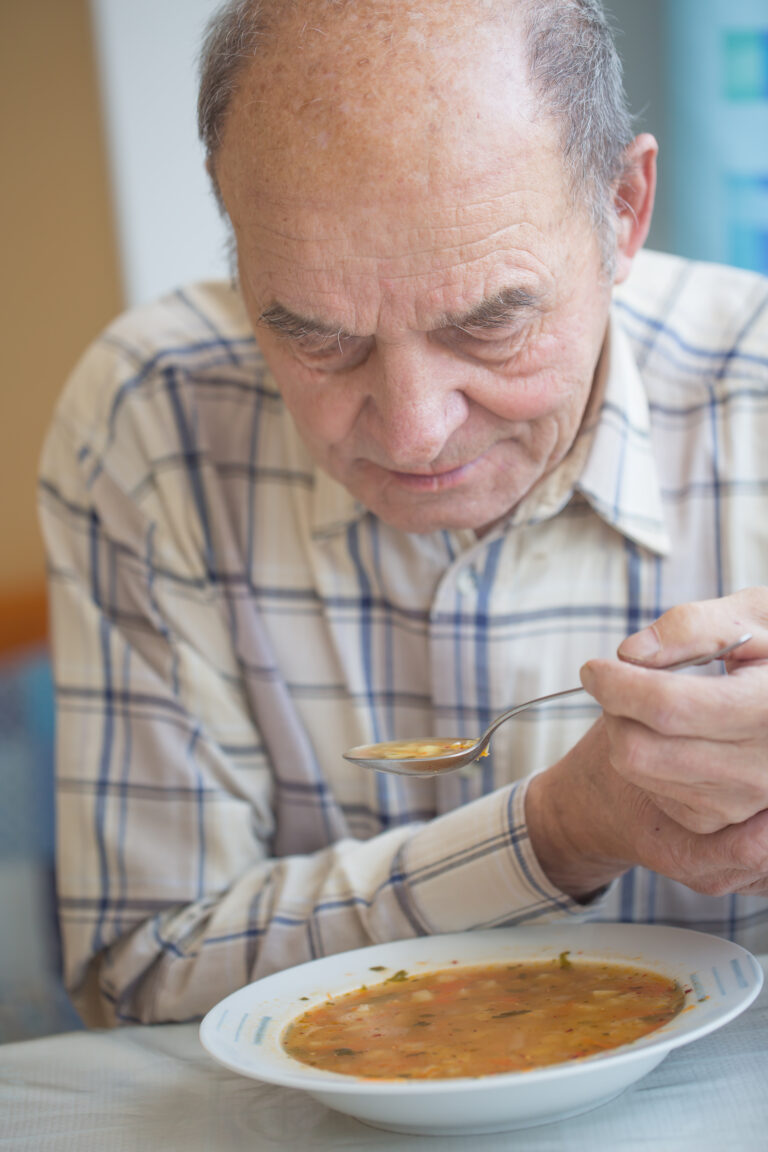**How Music and Movement Can Help Dementia Patients Improve Coordination**
Living with dementia can be challenging, but there are ways to make life more enjoyable and improve coordination. One of the most effective methods is through music and movement. Here’s how these activities can help dementia patients.
### Enhanced Memory and Emotional Connection
Music has a unique ability to tap into parts of the brain that remain unaffected by dementia. It can evoke memories and emotions from the past, offering moments of clarity and recognition. Familiar tunes can become powerful triggers, stimulating cognitive function and boosting concentration. For example, listening to a favorite song from youth can trigger fond memories and moments of recognition, creating positive feelings and comfort.
### Reduced Anxiety and Depression
The emotional turmoil accompanying dementia can lead to increased levels of anxiety and depression. Music therapy provides a soothing outlet for these emotions, offering a sense of calm and comfort. Rhythmic patterns and melodies can synchronize the mind and body, reducing stress and promoting relaxation. Engaging with music can also serve as an emotional release, allowing individuals to express feelings they might otherwise have difficulty communicating.
### Encouraging Social Interaction
Isolation is a common challenge for those with dementia, but music therapy can bridge this gap by encouraging social interaction. Group music sessions offer opportunities for individuals to connect with others, sharing experiences and expressions through a common language of rhythm and melody. Participation in music-making activities, such as singing or playing instruments, can enhance communication skills and boost self-esteem. These interactions can lead to better relationships with caregivers and family members, creating a sense of belonging and community.
### Promoting Physical Movement
Music naturally inspires movement, whether through dance or simple physical gestures like tapping fingers or clapping hands. For individuals with dementia, music therapy can promote physical activity, which is essential for maintaining mobility and overall health. Rhythmic cues provided by music can assist in coordinating movements and enhancing motor skills. Engaging in music-based exercises not only contributes to physical wellbeing but also fosters a sense of accomplishment and enjoyment.
### Practical Tips for Using Music and Movement
1. **Relax and Listen**: Play music that is familiar to the person, such as their favorite artists or songs from their childhood. This can help them relax and evoke positive memories.
2. **Focus on Familiar Tunes**: Music from their early years might resonate the most. Find songs or tunes they loved back then, which could include music from a specific artist, religious songs, nursery rhymes, or music connected to meaningful times in their life.
3. **Sing Together**: Sing along to familiar tunes, with or without music. You could sing with your friend or family member while doing everyday tasks like washing dishes or taking a shower.
4. **Move and Dance**: Move or dance together to music. You don’t need to be an expert dancer—just have fun moving together. Sway side to side holding hands, or dance if they used to enjoy it.
5. **Invite Others**: Ask friends who sing or play instruments to visit. Kids in the family who love music can join in too. Clapping, tapping feet, or using simple musical instruments can get everyone involved.
6. **Concerts or Music Groups**: Check out concerts or music groups they might like. Contact local community centers or music groups to see what events are coming up.
By incorporating music and movement into the daily routine of dementia patients, caregivers can significantly improve their quality of life. These activities not only enhance cognitive function and reduce anxiety but also promote social interaction and physical movement, ultimately helping to improve coordination and overall wellbeing.





